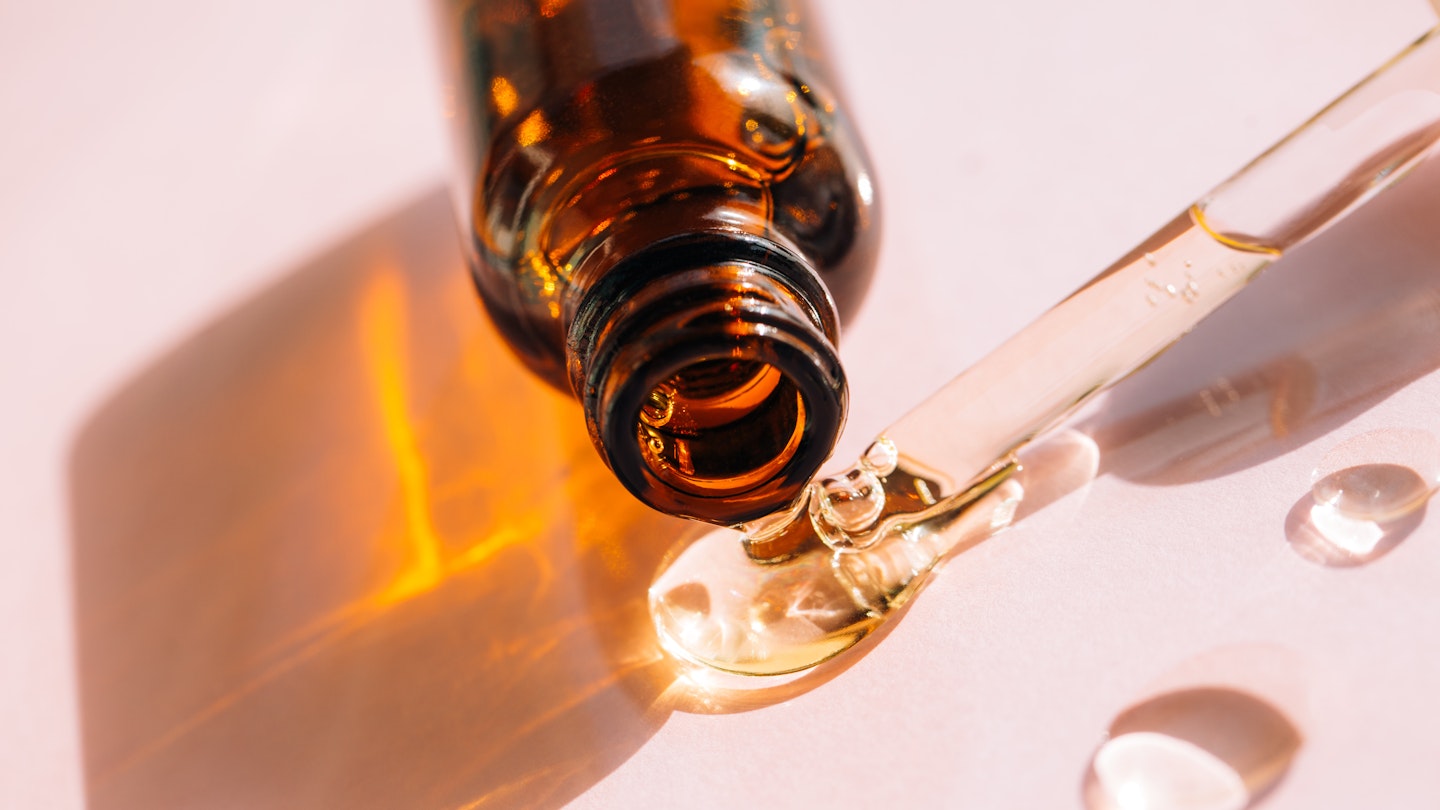We’re all aware of the stereotypes around hormones and particularly period skin. That legendary period spot has become somewhat of a caricature over time yet, in reality, what your skin deals with during each stage of your monthly cycle is far more complex than it seems. Hormones affect our complexion as well as our mood and sleep. The key is to work with them and to use key ingredients and formulas to lessen signs of hormonal fluctuations. Here’s our expert guide to how the different stages of a menstrual cycle affect your skin and the best ways to tackle them.
How To Tailor Your Skincare To The Different Stages Of Your Menstrual Cycle
The impact of menstrual cycle-related hormones on our skin extends beyond pesky spot flare-ups. Here, Dr Ewoma Ukeleghe, a clinical expert in skincare and founder and CEO of London skin clinic Skndoctor, explains how fertility affects your complexion.

Week 1
First, says Ukeleghe, you can expect dryness. ‘During the first few days of your cycle, levels of oestrogen (the hormone that improves skin hydration and elasticity) and progesterone (which boosts firmness) are low, which causes dry and dull skin.’ Hydration, therefore, is key. With watermelon rind and apple extract, Drunk Elephant B-Hydra Intensive Hydration Serum, £40, offers 24-hour hydration. Or try CeraVe Hydrating Hyaluronic Acid Serum, £17, which cocktails hyaluronic acid with ceramides to reduce the risk of moisture loss. ‘At this stage, sebaceous glands are also producing more sebum, which can cause breakouts and clogged pores,’ adds Ukeleghe. With fermented black tea and gentle acids, Glow Hub’s Purify & Brighten Moisture Lotion, £18, can help with this.
Week 2
‘Now your body begins producing more oestrogen,’ says Ukeleghe, ‘which stimulates the production of collagen, elastin and hyaluronic acid, so skin feels plumper, firmer and more hydrated.’ So it’s not all bad. ‘Using a gentle exfoliant at this stage will encourage cell turnover and remove any dead skin cells that may dull your glow.’ Typology’s Exfoliating serum 10% Glycolic Acid, £22.50, uses the powerhouse acid to unbind dead skin cells while maintaining your skin’s natural pH balance. Prone to sensitivity? Disciple Intervention Face Mask, £30, uses gentle fruit acids to do a similar job.
Week 3
‘This is the stage just before ovulation,’ explains Ukeleghe. ‘Oestrogen levels are at their peak, your skin’s moisture levels are high and your complexion is likely to look its best. Use this time to work retinol and botanical peptides into your routine to maintain skin’s elasticity and bounce.’ Try Glossier’s new Universal Pro-Retinol Nightly Renewing Complex, £30, a skin-refining night serum made with a hybrid of pure retinol. Or, if you’re new to retinol, try Versed Skincare On The Rise Firming Serum, £18. A blend of antioxidant- rich resveratrol and peptides have a similar smoothing and firming effect and work to tone down redness, too.
Week 4
Here’s where things start to change again. ‘Your progesterone and oestrogen levels dip lower than your testosterone,’ says Ukeleghe, ‘which causes puffiness as your body retains more water.’ Then there’s the breakout factor. ‘Your skin is again producing too much oil, which, when mixed with bacteria, can lead to breakouts, particularly across your jawline and chin.’ Choose gentle, clarifying products that break down build-up in your pores without causing inflammation. The CBD in Fewe’s Seeking Clarity Face Serum, £20, helps regulate the production of sebum and calm skin. Similarly, with salicylic and hyaluronic acid, The Inkey List’s Succinic Acid Blemish Treatment, £6.99, will combat excess oil and bacteria.
Shop: The Products May Help You Tailor Your Skincare Routine To The Different Stages Of Your Menstrual Cycle
How To Tailor Your Skincare To Your Period - Grazia 2021
 1 of 9
1 of 9Drunk Elephant B-Hydra Intensive Hydration Serum, £40
 2 of 9
2 of 9CeraVe Hydrating Hyaluronic Acid Serum, £17
 3 of 9
3 of 9Glow Hub’s Purify & Brighten Moisture Lotion, £18
 4 of 9
4 of 9Typology Exfoliating serum 10% Glycolic Acid, £22.50
 5 of 9
5 of 9Disciple Intervention Face Mask, £30
 6 of 9
6 of 9Glossier Universal Pro-Retinol Nightly Renewing Complex, £30
 7 of 9
7 of 9Versed Skincare On The Rise Firming Serum, £18
 8 of 9
8 of 9Fewe’s Seeking Clarity Face Serum, £20
 9 of 9
9 of 9